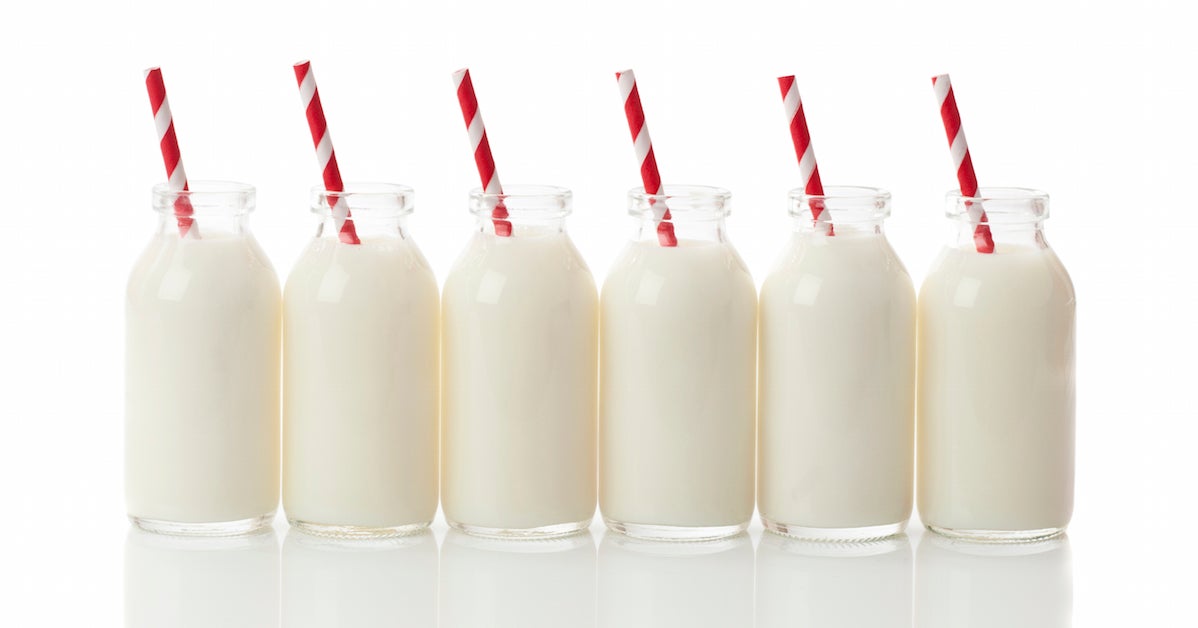Which Of These 5 Common Types Of Milk Are Best?


A large aspect of achieving a wholesome, healthy diet is varying your foods. Personally, my grocery list is similar to my wardrobe: I have an entire closet full of options, but I still wear the same seven outfits each week. Similarly, unless I’m actively trying to purchase different foods, I buy the same 20 or so items every week.
Even when I vary my diet, there is one product that I never change. Though I could fit my entire bedroom in the dairy section of the grocery store, I swoop in for the “Market Basket Skim Milk” label and leave without a second glance.
It turns out, there are many different types of milk on the shelf, and they all have different health benefits and downsides. Here’s the deal with five common types of milk:
- Dairy is typically cow’s milk and comes in different fat levels, based on how much fat is skimmed off the top of the milk by using a large centrifuge. The percentages that you see on the bottle are how much fat is contained in the bottle by weight. For example, 2% milk means that 2% of the total weight of the milk is butterfat. Skim and reduced-fat milks have the same protein, vitamins and health benefits of whole, with less saturated fat and calories.
- Soy is made by soaking and grinding soybeans, and then straining the liquid. It contains many healthful components like protein and certain vitamins, but look for soy milks labeled “fortified,” because they have added calcium and vitamins to make them nutritionally comparable to dairy. Soy milk is a good option for people with lactose intolerances who cannot drink dairy, but some people also have trouble digesting soy and can develop soy allergies.
- Almond has many varieties sold at the grocery store, and you can also make your own: simply toast and grind almonds, and then blend them with water. The advantages of almond milk are that it is vegan, low in calories, and contains the vitamins and minerals found in almonds like vitamin E and manganese. However, unless it is fortified with calcium, vitamin D and protein, this type is deficient in these components. There are also many flavored and sweetened varieties, which only serve to add sugar.
- Raw is dairy milk that has not been pasteurized, which is a heating process to destroy any harmful pathogens in the milk and then cool it rapidly. All milk sold in grocery stores must be pasteurized, but some local farms sell raw. While some people prefer raw, thinking it has health benefits, there is a definite risk of ingesting milk tainted with salmonella or other harmful bacteria.
- Organic is dairy milk that meets the USDA’s standard for organic preparation. The dairy cows are given organic, pesticide-free feed, and roam on organic grass. The cows are not treated with growth hormones or antibiotics, but organic milk is still pasteurized to kill any harmful bacteria. Nutritionally, conventional and organic milk are very similar, though organic milk can cost almost twice as much as conventional.
Regardless of whichever you prefer, a glass of milk after a run is a great recovery snack to fuel muscle build and aid hydration.